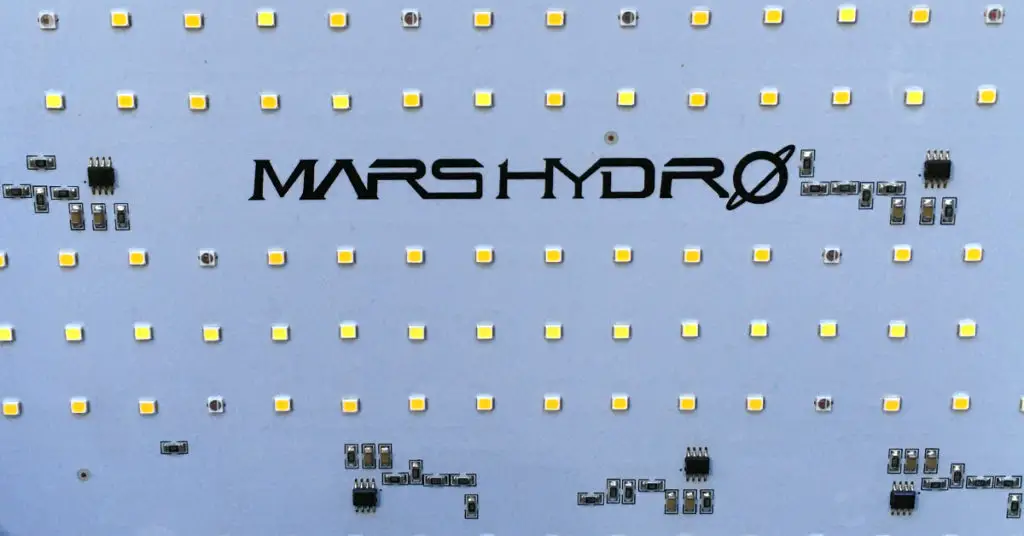Thujas are an evergreen tree that are often grown for hedges, but not often seen in bonsai. There are a few different varieties, but the two you will occasionally find in bonsai is the Thuja Occidentalis (Easten white cedar) and the Thuja Plicata (Western red cedar).
They are fairly similar and both come from North America. I have only owned the Plicata, so most of this article will be based around that species, but in general what I say about this can probably also be said about the Occidentalis.
You can see the development of my tree in my Thuja Bonsai Progression.
Page Contents
Is Thuja A Good Species for Bonsai?
Thuja is not really used for bonsai, but this is not because it is bad. There seems to be two issues, the first being a lack of good material and the second being that there is not much information about how to handle them, specifically as bonsai.
You can find plenty of thuja for sale, but it’s usually for hedges or ornamental planting, so it’s not exactly interesting for bonsai. You really need to going out and finding yamadori, which is not exactly an option for everyone.
I think the bigger problem is that no one really knows how to handle them, so everyone just kind of dodges them. They are quite vigorous, so the foliage can grow fast and easily get big and out of control. I am still trying to work out how exactly you get this under control and how to keep it small for bonsai. I don’t think it’s impossible, there just isn’t a clear road map on what to do with them, like you can find for more popular species used as bonsai.
They have a lot of positives and you can find some great examples of them as bonsai. Ryan Neil of Mirai has used them. So, if they are good enough for him, they are good enough for us. Although, they are not exactly ideal for beginners, which I guess is why Ryan can work with them, while we are all terrified at the thought of them!

Is Thuja Foliage Good For Bonsai?
Being an evergreen, the foliage is a bit different to your normal leaf and is more a scale style of leaf kind of like some junipers.
This can look cool, but also means it’s hard to understand what is a “leaf” as one section may look like many “leaves” but it’s actually just part of one bigger leaf.
It’s kind of hard to explain, but I will get plenty of pictures into this article to try and help you make sense of what is going on.
The main thing is that you can build foliage pads, which is exactly what you need for bonsai.
They can get a little large and long, and often start to droop at the tips, which is why they can be a challenge, but this does not mean they are impossible to work with.
Is A Thujas Growth Rate Good For Bonsai?
Thuja can quite quickly at times if they are healthy and have enough sun light. These trees are naturally quite large. They can send out shoots that just rocket off. These shoots are pretty useless for bonsai as they are too long and straight and the foliage is too sparse. If you have any of these shoots, they just need to be removed if you want to keep your tree smaller.
Response To Pruning
They will respond well to pruning and they will back bud. I need to do some experiments with pruning this year and document it properly. In the past I have tried things, and then forgotten what branch I did things on, which is kind of stupid. This year I will do it properly and show you all the results.
All you need to know for now is that pruning and back budding is viable option on these trees, which means they can be used for bonsai.
Is A Thujas Styling Ability Good For Bonsai?
The styling will really depend on the trunk and the material you are using, but as Thuja is an evergreen they should be styled in a similar way to pines.
They will suit these types of styles very well and are going to look really good with more downward sweeping branches.
Wiring
You are going to have to wire your thuja. There is no way around it. They naturally grow up and often the foliage can droop a little. Basically they are going to look like scruffy topiary if you do not wire them.
Pruning will get you denser foliage, but really you need to be wiring everything and annoyingly they are the type of tree that needs to be wired right out to the tips, which is a lot of work.
Is A Thujas Fall Colours Good For Bonsai?
At the end of the growing season there will be no change. There are no autumn colours and there is no winter silhouette. The tree is going to look the same all year around since it is an evergreen. If you are like me and a huge fan of deciduous trees, then it is always nice to have something a little different in amongst your trees.
Is A Thujas Bark Good For Bonsai?
The bark on thujas is excellent and one of its best features for bonsai. If you can get a trunk with great shape, then the bark will really be the cherry on top.
It is thick and textured and just a lovely redish brown colour. At certain times of the year it really stands out against the beautiful green foliage. It’s just a fantastic combination.
Deadwood Opportunities
Dead wood works exceptionally well on thuja and I would argue that if you are going to use them for bonsai, then you need some deadwood. You can have dead branches and dead sections of the trunk, both are going to work really well and they are going to add a lot of age and character to your tree.
Are Thujas Roots Good For Bonsai?
The roots of a thuja are actually very good for bonsai. Unlike a lot evergreen trees, they root every easily. I actually got my own tree by air layering the top off a small tree that was planted in a garden.
The roots can be kind of thick and fleshy, but they are not too bad. The good thing is that you can trim them pretty aggressively and they will grow back. If a tree can be air layered, you know it can handle root work.

This makes keeping them in a small pot a lot easier and I have started to develop a very nice root system and very nice trunk flare (although that is partly because I started my roots off from an air layer)
Is Thuja Easy To Care For As Bonsai?
Thuja are pretty tough and do not really need any special care. They are easy to grow and easy to look after. They are just difficult to use as bonsai knowing what techniques to use is little over whelming.
You can read more information in my Thuja Bonsai Care Guide.
Conclusion
Thuja can make great bonsai, we just haven’t got as much information about what to do compared to some other trees that are more popular for bonsai.
I think as time goes on, thujas will gain in popularity. They have a lot to offer and if we can get more information out about how to prune and wire them, then I think a lot of fear that is keeping them unpopular now will be washed away.

Hi, I’m Ian. I have been doing bonsai since 2014. I created this site to spread all the knowledge I have acquired over the years. Don’t forget to check out my Youtube videos where I show the progress of my own Bonsai each week or connect with me on social media.
You can read more about me and how I got into Bonsai on the About Page


